Miyajima Island
The Sacred Island.
Itsukushima (Miyajima Island)
Itsukushima (Œµ“‡, Itsukushima) is an island in the Inland Sea of Japan. It is popularly known as Miyajima. Itsukushima is part of the city of Hatsukaichi in Hiroshima Prefecture. The island was the town of Miyajima prior to the 2005 merger with Hatsukaichi.
Itsukushima is famous for the Itsukushima Shrine, a UNESCO World Heritage Site. According to records, the shrine was established in the time of Empress Suiko. The warrior-courtier Taira no Kiyomori gave the shrine its present form. In 1555, Mori Motonari defeated Sue Harukata at the Battle of Miyajima. Toyotomi Hideyoshi built a large building, the Senjo-kaku, on a hill above the shrine.
Itsukushima is mountainous and sparsely settled. It does have an elementary school and a middle school. There are no traffic signals.
Frequent ferry services, operated by West Japan Railway Company (JR West) and by Miyajima Matsudai Tourist Ship, carry traffic between the island and the mainland. The trip takes about ten minutes.
Miyajima's maple trees are renowned throughout Japan, and blanket the island in crimson in the autumn. Momiji manju, pastries filled with azuki jam or custard, are popular souvenirs, and carry maple-leaf emblems. Because the island is sacred, trees may not be cut for lumber. Deer and monkeys roam freely.
The peak of Mount Misen, at 530 m, is the highest point on the island. A ropeway carries visitors to the top.


Todays excursion starts of at Hiroshima station.

Apartment complex on the bank of the Motoyasu river.

Mosaik in a underground walkway.

Statue of a Bugaku dancer outside of Hiroden Miyajima ferry station.

Leaving Hiroden Miyajima ferry station.

Oyster farm beds.

Itsukushima torii is one of Japan's most popular tourist attractions, and the view of the gate in front of the island's Mount Misen is classified as one of the Three Views of Japan (along with the sand bar Amanohashidate, and Matsushima Bay). The gate has existed since 1168, though the current gate dates back to 1875. The gate, built of camphor wood, is about 16 metres high and was built in a four-legged style to provide additional stability.

First one to greet me at the ferry terminal was a deer.

Path from ferry station to the Itsukushima shrine.

Waterfront on Miyajima Island.

Itsukushima torii is also called O-torii which means big gate.

LOL. Lots Of Lanterns.

Torii leading in to the Itsukushima shrine area.

I was here.

A seahawk circling the island.

Chinese lion statue with the Misen Primevai Forest in the background.

Itsukushima shrine. The shrine was founded in 593 and is a holy Shinto place constructed over the water in a small inlet on Miyajima Island. The shrine is made up of 56 structures that were built in the distinctive Shinden architectural style which was popular during Japans Heian Period.

Hand-washing stand at the entrance to Itsukushima shrine.

Lantern hanging in the shrine.

The center of the shrine.

5 storied pagoda.

View of O-torii from the shrine.

Shrine and pagoda.

Shrine with Mt. Misen in the background.

Old lantern and O-torii with main land Japan in the background.

Shinto shrine.

Bridge behind the shrine.

You have to be in good shape to cross this bashi.

Itsukushima Shrine Office.

Shrine inside Itsukushima.
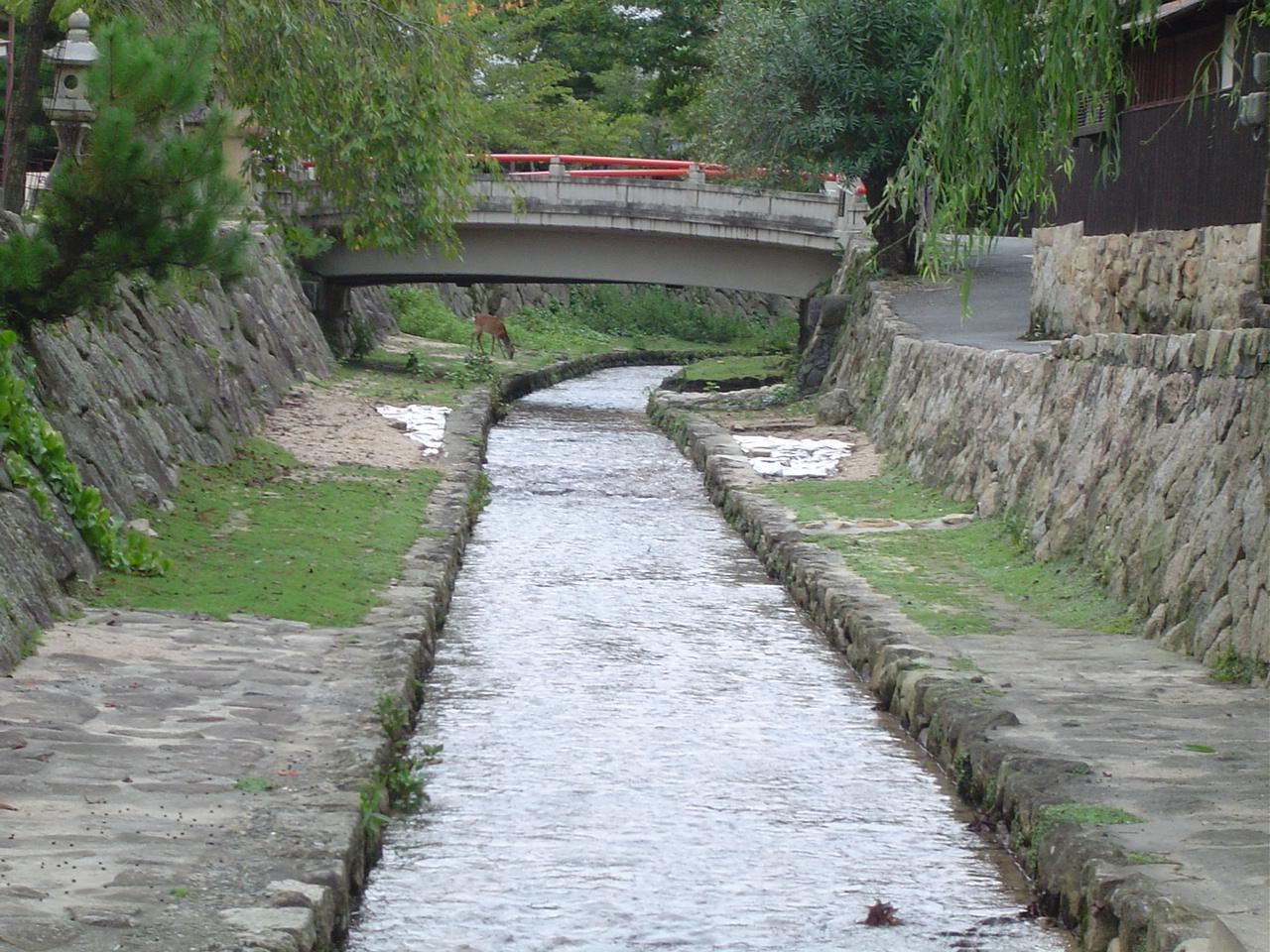
Water under the bashi.
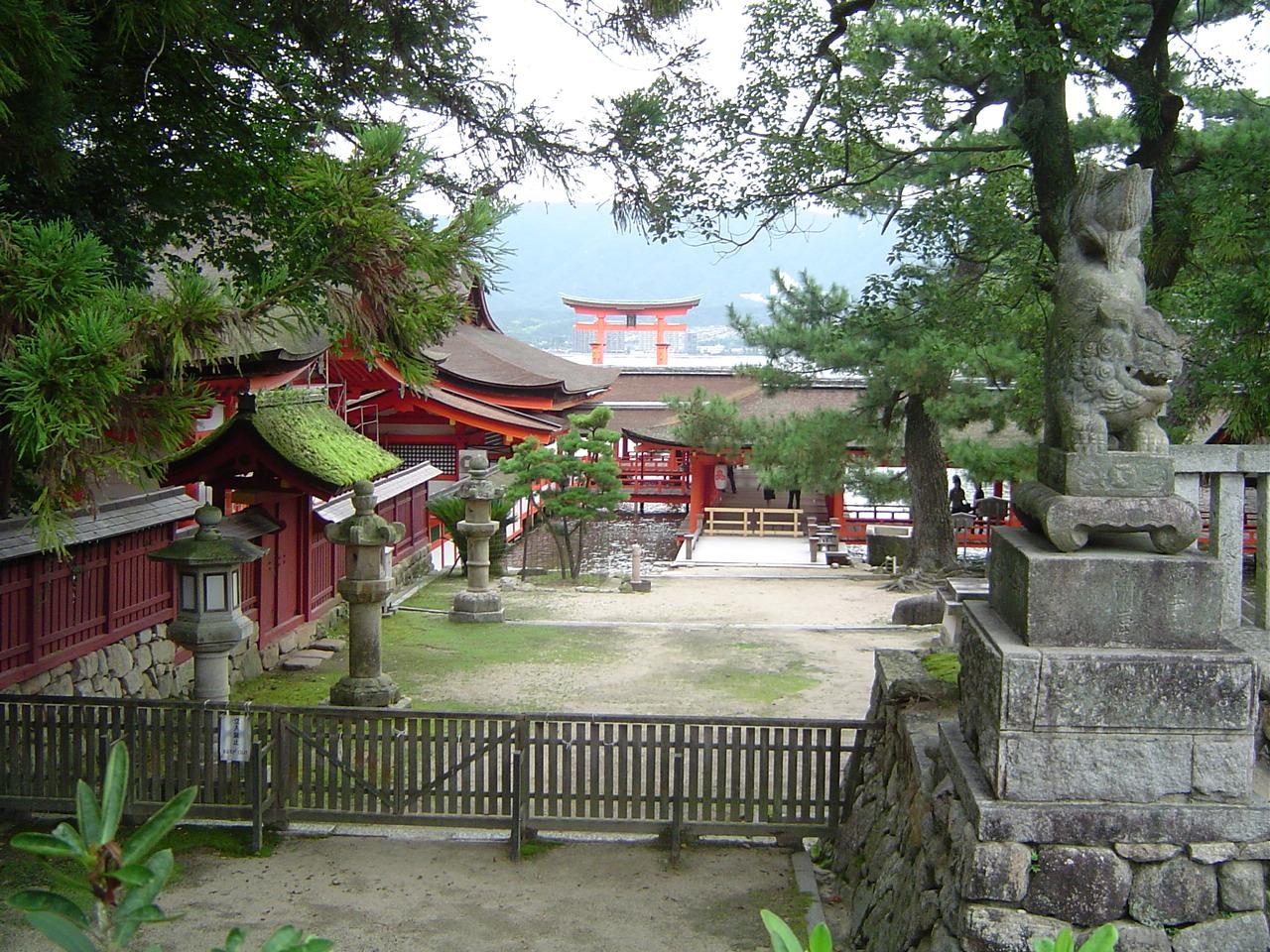
Behind Itsukushima shrine with O-torii in the background.
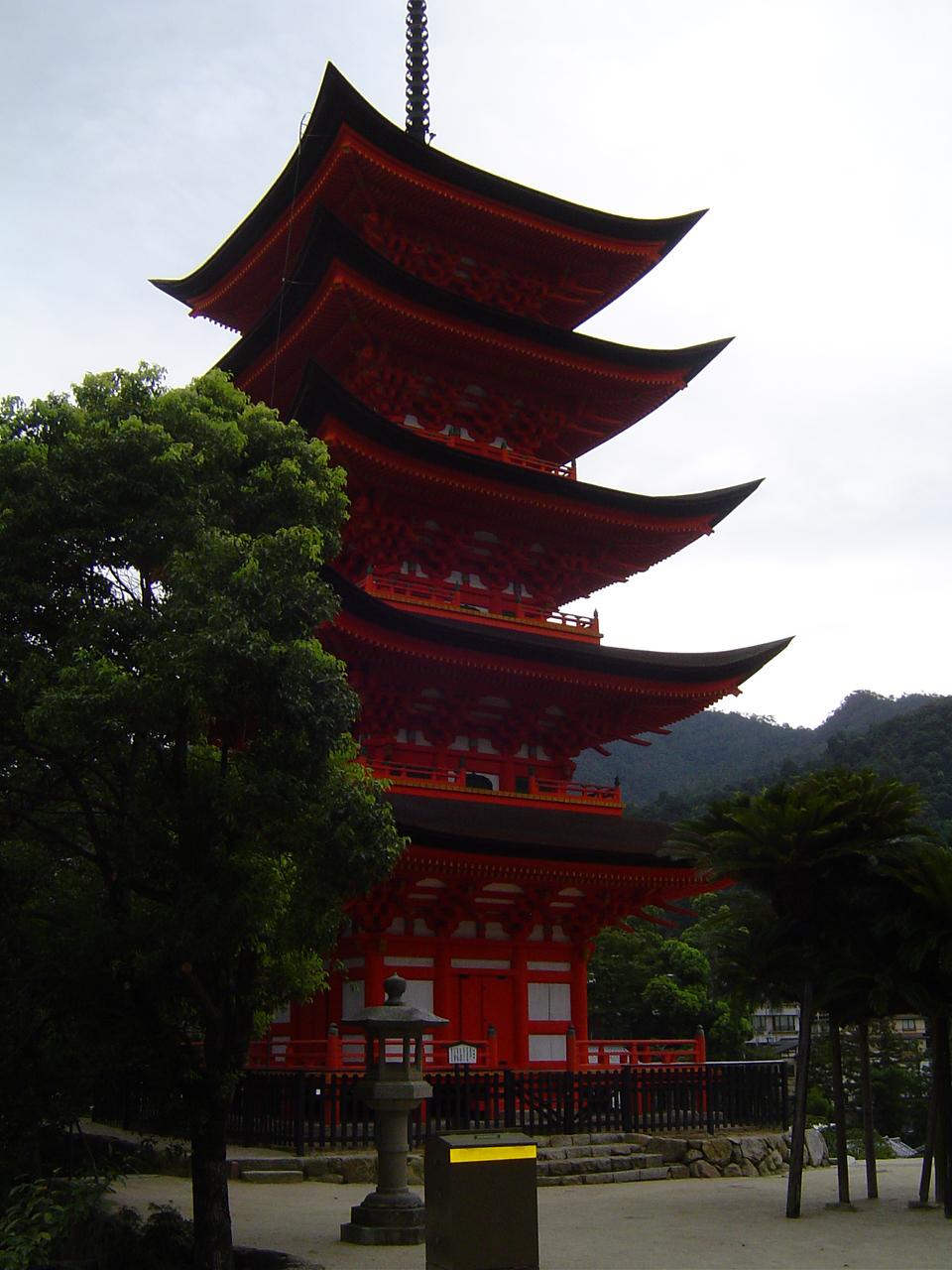
Close up of 5 storied pagoda.
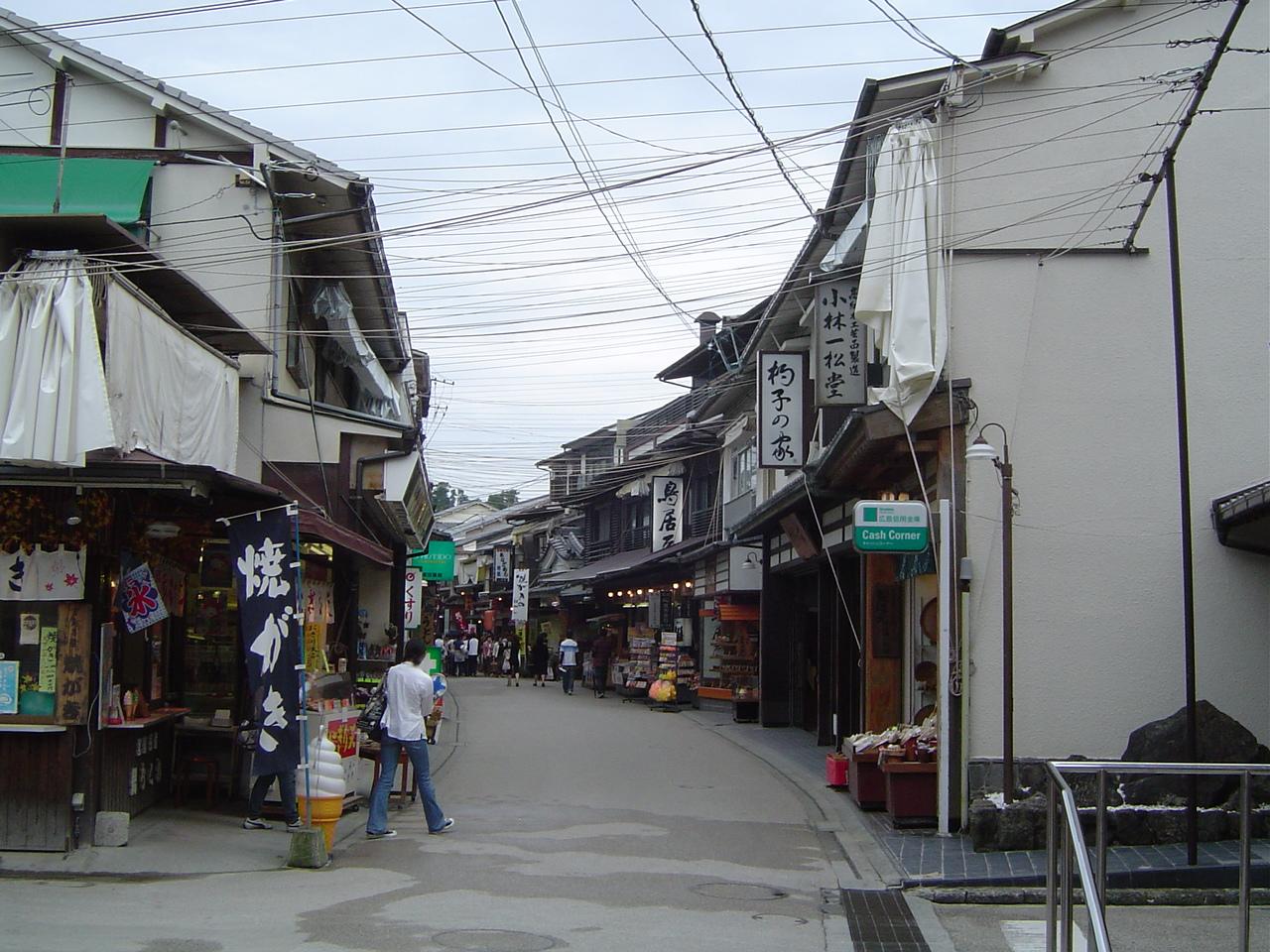
Miyajima Omotesando Shopping Arcade.

Chef preparing oysters.

Worlds largest Shamoji (wooden rice scoop).
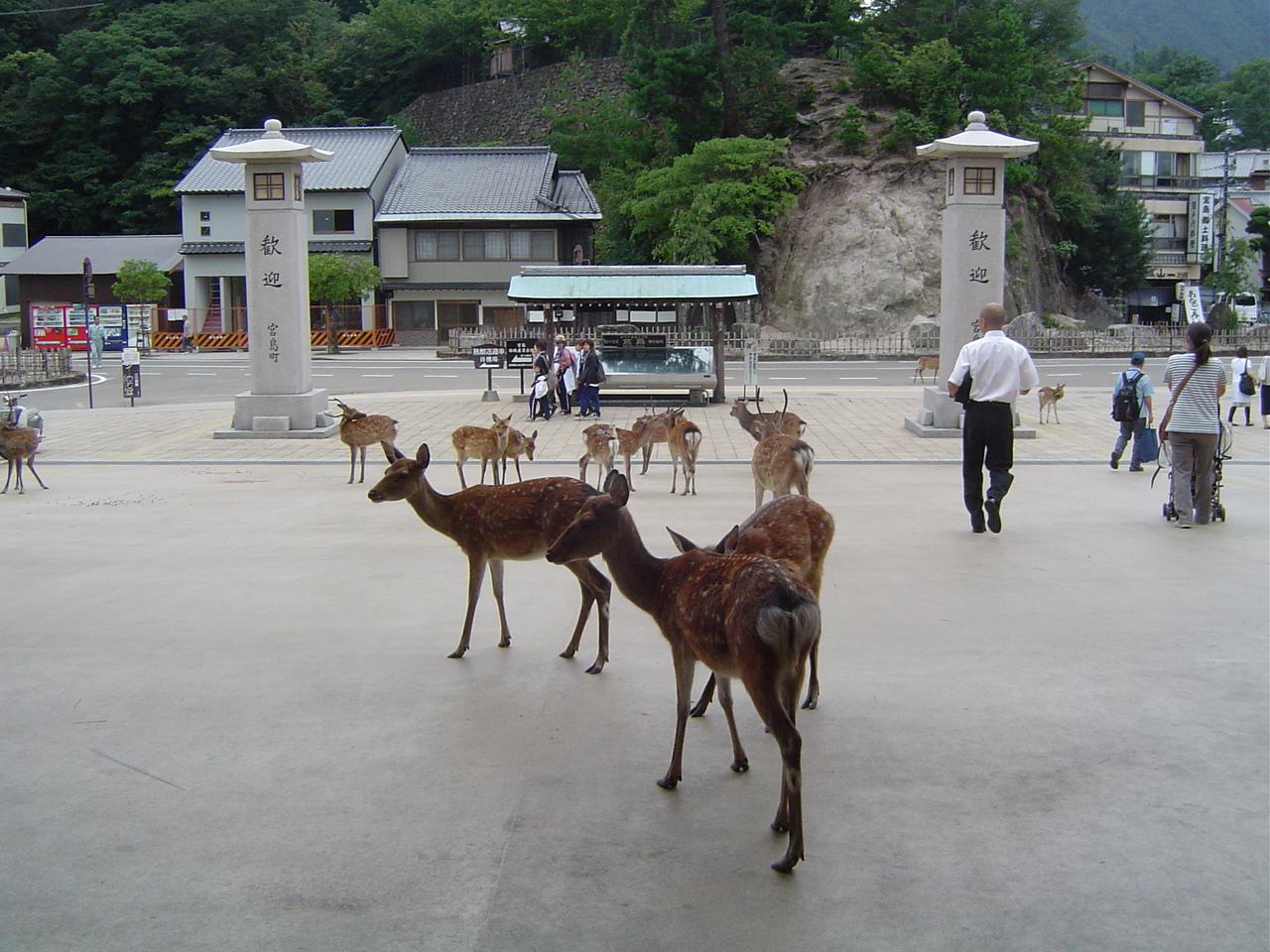
Deer at Miyajima pier.
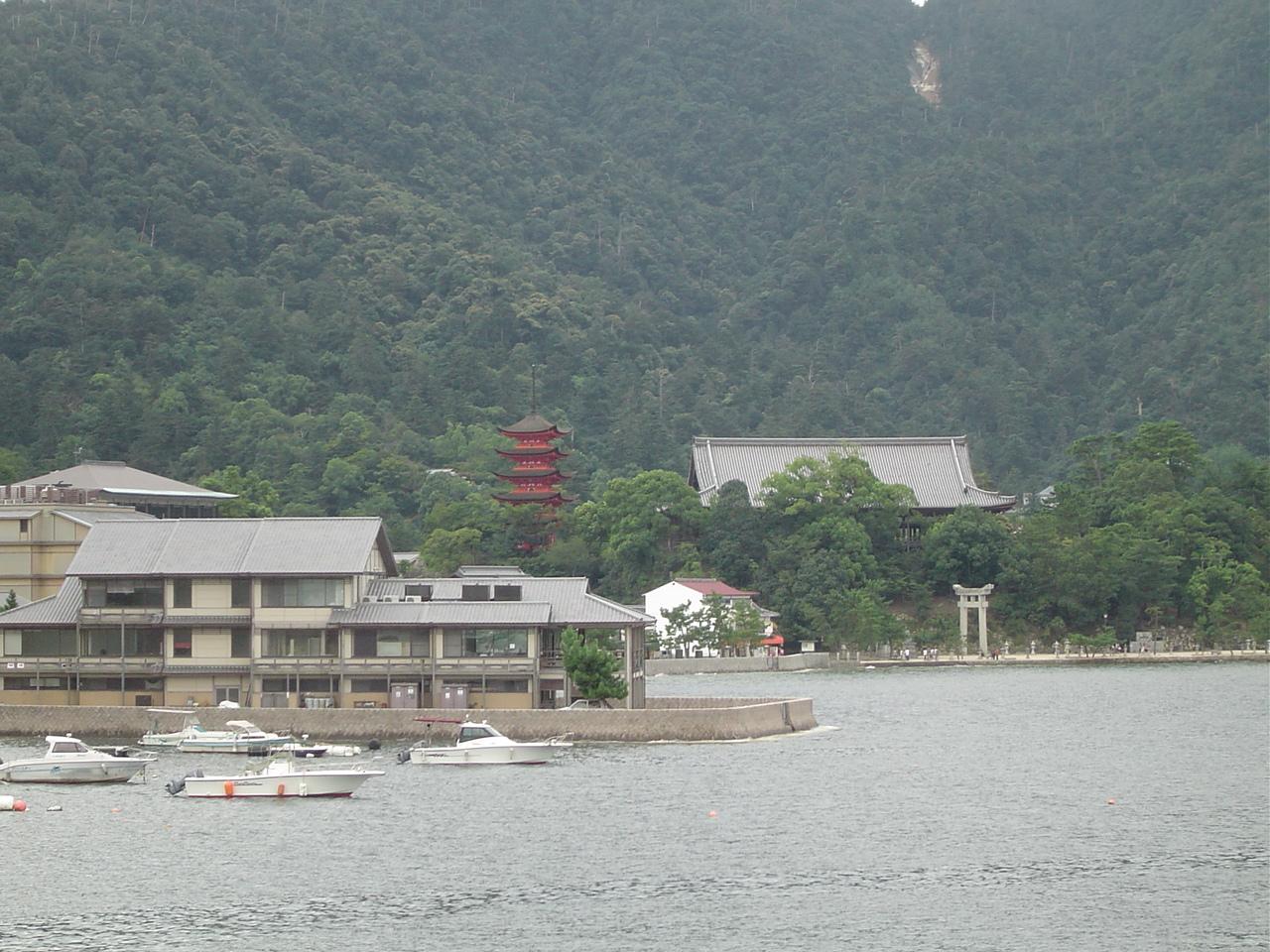
Leaving Miyajima Island.
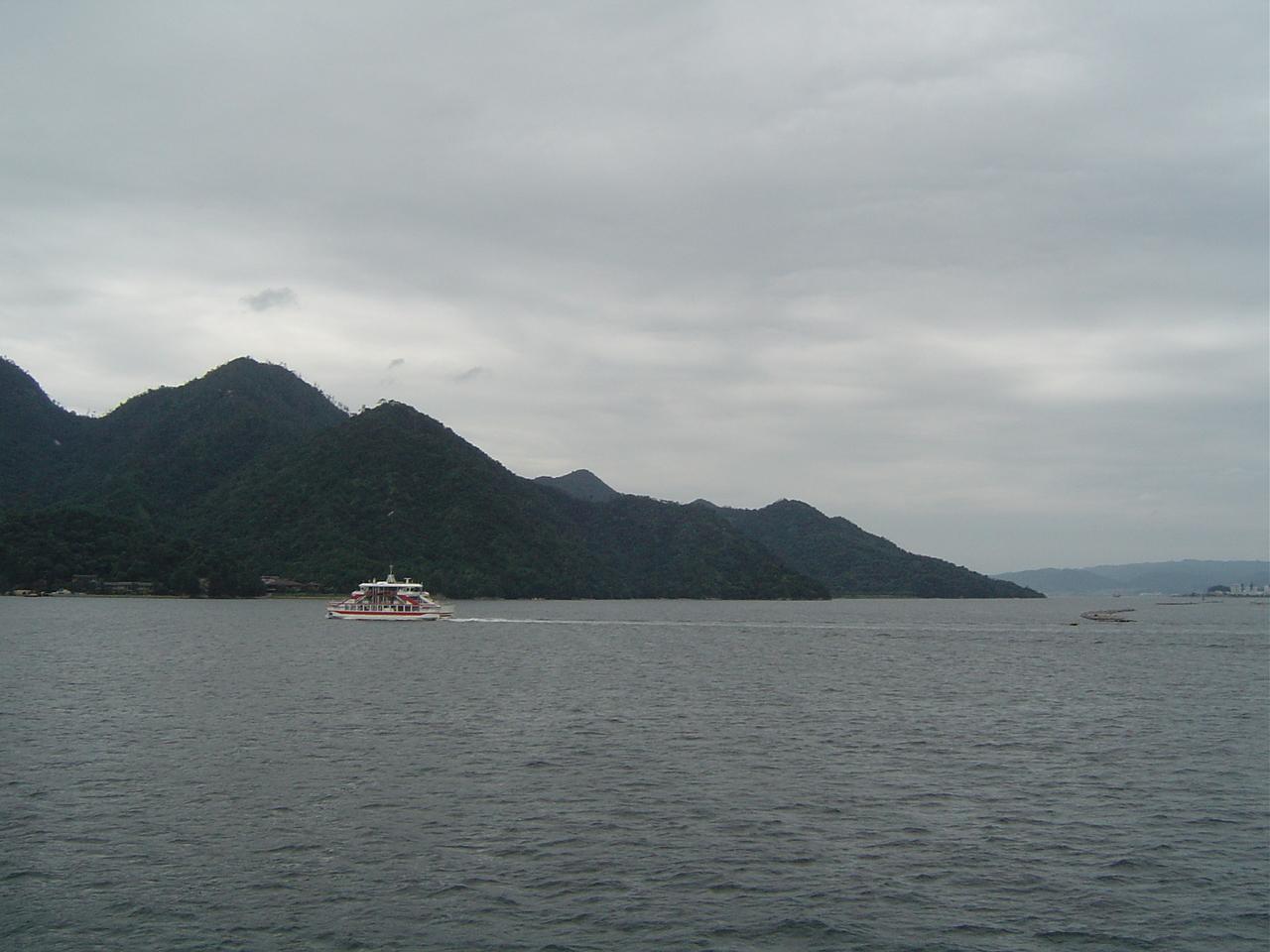
Ferry crossing the Inland Sea of Japan.
 Himeji
Himeji


HOME


 Himeji
Himeji